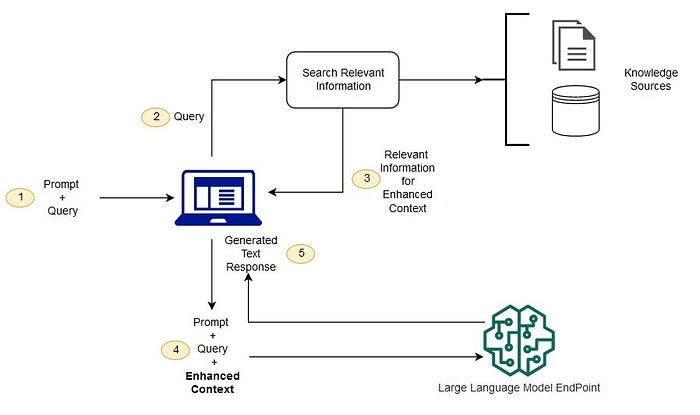I use a visual studio pro subscription which comes with $150 azure cloud credit, for some reason Microsoft Defender for Cloud was turned on and it consumes more than half of that $150 credit.
Unfortunately I have not come across a easy switch, some online post suggested there is a place to swith on/off resources but for some reason I can't find that configuration page either.
At last I lookup the az cli command manage to do all these in one line of code:
az security pricing list |jq -r '.value[].name' | xargs -n 1 -I {} az security pricing create -n {} --tier "free"
